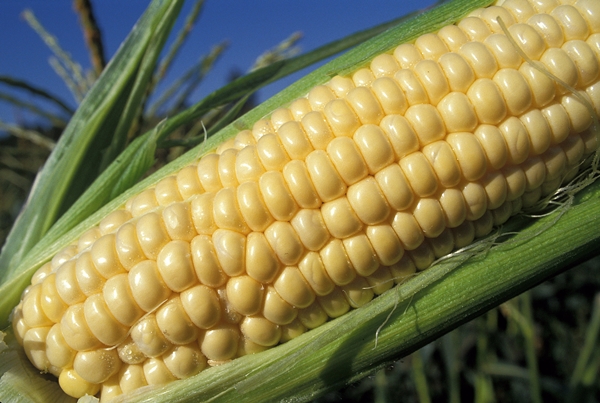12 April 2017. Biomaterials researchers discovered substances from corn and shellfish can package genetic material to pass through the digestive system, making possible vaccines as pills rather than injections. A team from University of Nebraska in Lincoln described its discoveries, from tests in lab cultures and animals, in the 10 March issue of Journal of Controlled Release (paid subscription required).
The Nebraska team led by bio-systems engineering professor Angela Pannier is seeking safer and more reliable ways to deliver vaccines made from DNA particles that enter the blood stream and invoke a desired response from the immune system. These genetic vaccines, including one in development to protect against the Zika virus described recently in Science & Enterprise, are administered by injections that require refrigeration and trained clinicians. Formulating these vaccines into pill form would make them easier and less expensive to ship and distribute to the desired recipients.
Pannier and colleagues developed a solution using materials from nature that when broken down into nanoscale particles can protect their genetic cargoes through the rigors of the gastrointestinal tract. In their technology, nanoparticles of DNA fragments are mixed with chitosan, a soluble form of the polymer chitin derived from shells of marine animals like shrimp and crabs, also in nanoparticles. The DNA-chitosan nanoparticles are turned into a gel with sodium tripolyphosphate, a compound used as a food thickener and texturizer.
This DNA-chitosan gel is then encapsulated in microscale particles of zein, a protein from corn. While making up as much as half of the protein content in corn, zein’s main commercial application is non-soluble coatings that protect against harsh environments, including microbial attacks.
The researchers tested the DNA-chitosan-zein delivery technology in simulated stomach and intestinal processes in the lab. The team exposed DNA-chitosan-zein particles to gastric juices similar to those in the stomach and intestines for 45 minutes, about the time they would spend in those organs, followed by enzyme fluids like those in the intestines. The results show from 50 to 70 percent of the DNA payloads survived the simulated gastric environment. The surviving DNA was then introduced to lab cell cultures, which took in the DNA and started producing proteins.
In later tests with lab mice, the team fed the animals DNA-chitosan-zein particles with DNA fragments designed to produce immunoglobulin A antibodies in the immune system, present in mucous secretions of most mammals. Results show the particles fed to the mice produced antibodies in quantities corresponding to antibodies produced with traditional vaccine injections.
The researchers say the process still needs refinement to boost the surviving DNA payloads and generate more robust immune responses. Nonetheless says Pannier in a university statement, the process can help reduce the time needed to produce and distribute many vaccines. Current vaccine production processes must begin way in advance, notes Pannier, “usually six to 12 months out, given the time it takes to manufacture them. And if it’s a pill, you don’t need a nurse or a doctor to give a shot.”
More from Science & Enterprise:
- Biotech Companies to Discover Ebola, Zika Vaccines
- Room-Temperature Vaccine Storage Techniques Devised
- Funds Provided for Developing RNA-Based Zika Vaccine
- RNA Technology Allows for Fast Vaccine Development
- Bacterial-Biopolymer Delivery System Designed for Vaccines
* * *


 RSS - Posts
RSS - Posts
You must be logged in to post a comment.